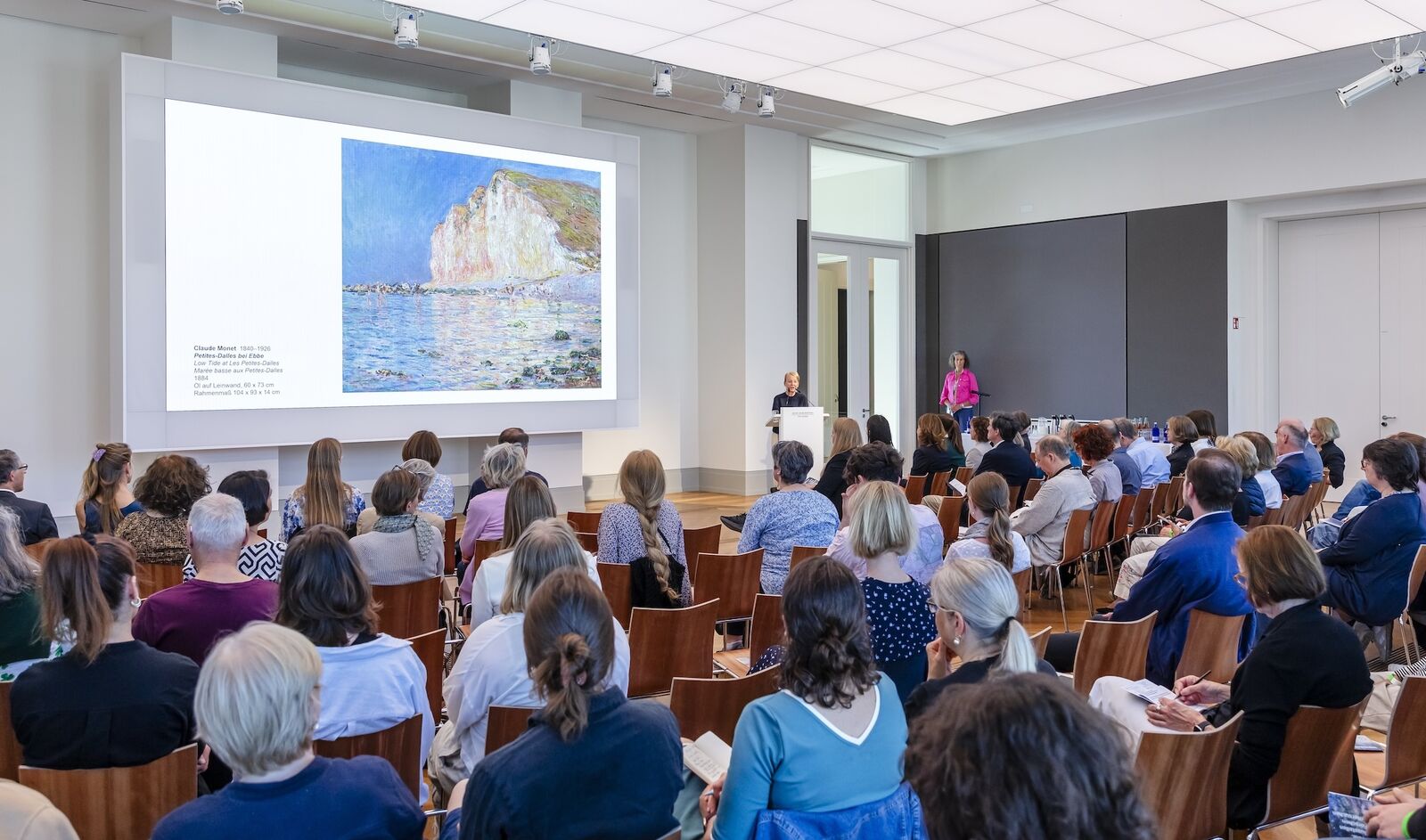
David von Becker
Art Lectures
Sundays the Museum Barberini presents lectures (in German) on the topic “150 Years of Impressionism” or Maurice de Vlaminck: Modern Art Rebel. Museum curators, conservators, and guides speak about their various disciplines and areas of work, offering a glimpse behind the scenes and offering new perspectives on the works of art.
Costs
€ 5 plus admission
Venue
Auditorium
Runtime
50 minutes
Please note
The lectures are offered also digitally as an Online Art Lectures on Wednesdays at 6:30 p.m. The event will be held in German.
Jan 12, 2025
Broad-minded and Free-spirited: Maurice de Vlaminck in Paris around 1900
Isabelle Runde, Art Historian
Painter, violinist, racing cyclist, autodidact, family man, and author: Maurice de Vlaminck was a multifaceted and often contradictory figure. His early artistic life unfolded between the bohemian quarter of Montmartre and the bourgeois suburb of Chatou, where many of the Impressionists had already painted. From the 1920s onwards, Vlaminck retreated further into the countryside, and his style evolved. This lecture explores the various places where Vlaminck’s works were created–places that inspired his portraits and landscapes, remaining as diverse as they are captivating.